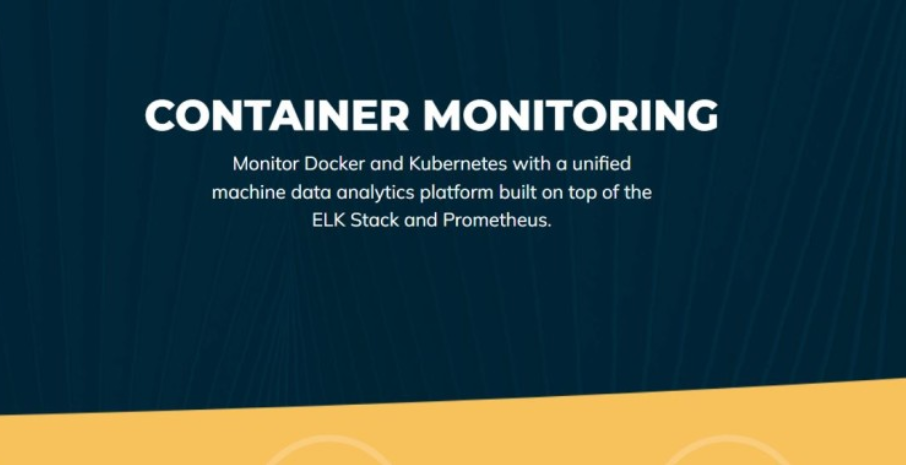We will cover all other aspects of tool selection in Chapter 4; however, it is important to discuss careful considerations for CSPM tools. The CSPM tool should offer continuous monitoring of cloud resources and conduct automated security checks to identify misconfigurations, vulnerabilities, and compliance violations. It is important to understand CSPM tools’ offerings/features before planning to invest in them for several reasons:
- To ensure the tool meets your organization’s specific security needs: CSPM tools can vary in terms of their features, functionality, and capabilities. By understanding the tool, you can ensure that it provides the specific security capabilities that your organization requires.
- Coverage of industry-specific compliance needs: The other significant feature of CSPM tools is their ability to support various industry benchmarks and best practices. These benchmarks are established by reputable organizations and CSPs to define a set of security standards and guidelines. CSPM tools use these benchmarks as a reference to assess the security posture of cloud environments and identify potential vulnerabilities and misconfigurations. Some of the commonly supported industry benchmarks by CSPM tools include the following:
- CIS Benchmarks: CIS provides a series of configuration guidelines for different cloud platforms such as AWS, Azure, GCP, and others. These benchmarks cover a wide range of security settings, ensuring that cloud resources are configured securely and align with industry best practices.
- National Institute of Standards and Technology (NIST) framework: NIST offers comprehensive guidelines, standards, and best practices for cloud security. CSPM tools can map their assessments against NIST guidelines to help organizations comply with NIST security recommendations.
- Payment Card Industry Data Security Standard (PCI DSS): For organizations handling payment card data, CSPM tools can align their assessments with PCI DSS requirements to ensure proper handling and protection of cardholder information in the cloud.
- Health Insurance Portability and Accountability Act (HIPAA): CSPM tools can also support HIPAA compliance, ensuring healthcare organizations meet the necessary security and privacy standards for handling protected health information (PHI) in the cloud.
- General Data Protection Regulation (GDPR): CSPM tools may include checks based on GDPR guidelines to help organizations protect personal data and maintain compliance with European Union data protection laws.
- International Organization for Standardization (ISO): CSPM tools might support ISO/IEC 27001 and other relevant ISO standards, providing a more extensive security framework for cloud environments.
- To determine the level of automation the tool provides: CSPM tools are designed to automate security tasks, but the level of automation can vary. Understanding the tool’s automation capabilities can help you determine how much of the security process can be automated and how much manual intervention will still be required.
- To evaluate the tool’s ease of use: A CSPM tool should be easy to use and deploy within your organization. By understanding the tool’s user interface and integration capabilities, you can determine whether it is user-friendly and how well it integrates with your organization’s existing security tools and processes.
- To ensure the tool is compatible with your cloud environment: CSPM tools are designed to work with specific cloud platforms and services. Understanding the tool’s compatibility with your organization’s cloud environment is critical to ensuring it can effectively monitor and secure your cloud assets.
- To assess the tool’s scalability and future-proofing capabilities: Your organization’s cloud environment will evolve over time, and your CSPM tool should be able to keep up with these changes. Understanding the tool’s scalability and future-proofing capabilities can help you assess whether it will be able to support your organization’s long-term security needs.
By understanding CSPM tools before investing in them, you can ensure that you select a tool that meets your organization’s specific security needs, integrates with your existing security tools and processes, and is capable of monitoring and securing your cloud environment effectively. Now that you understand the importance of knowing about the CSPM tool features, let us understand another critical topic regarding the different versions of CSPM tools: agent-based versus agentless.
